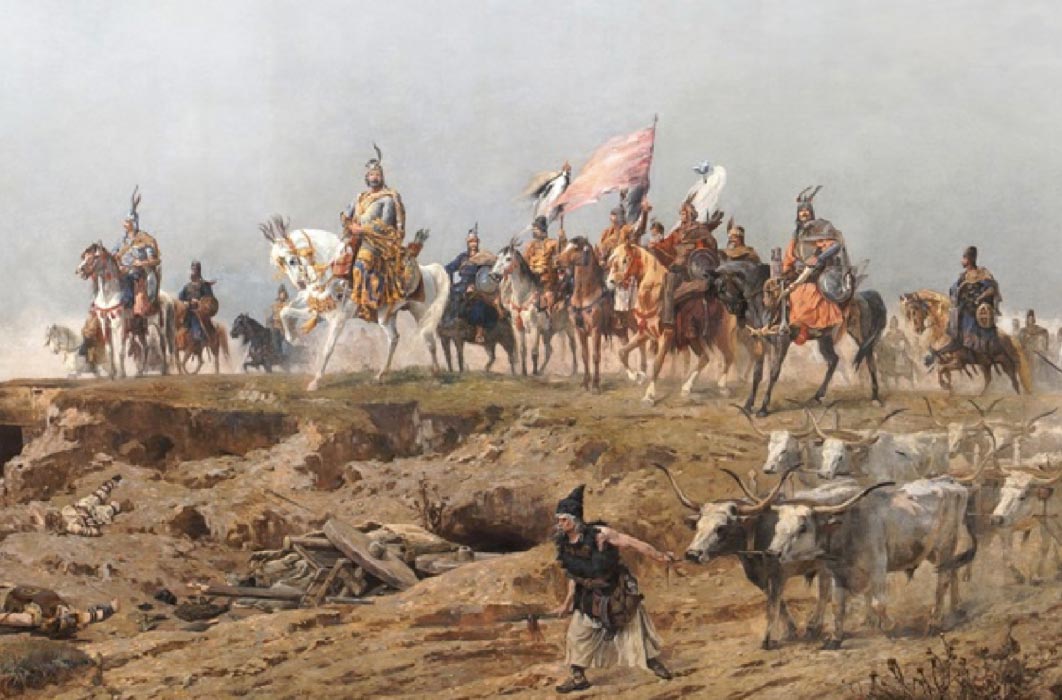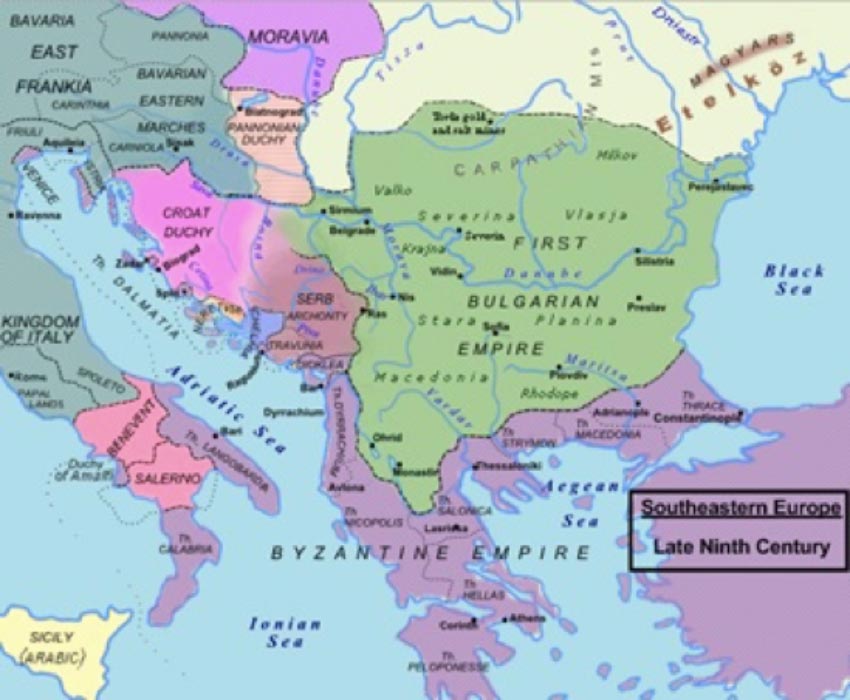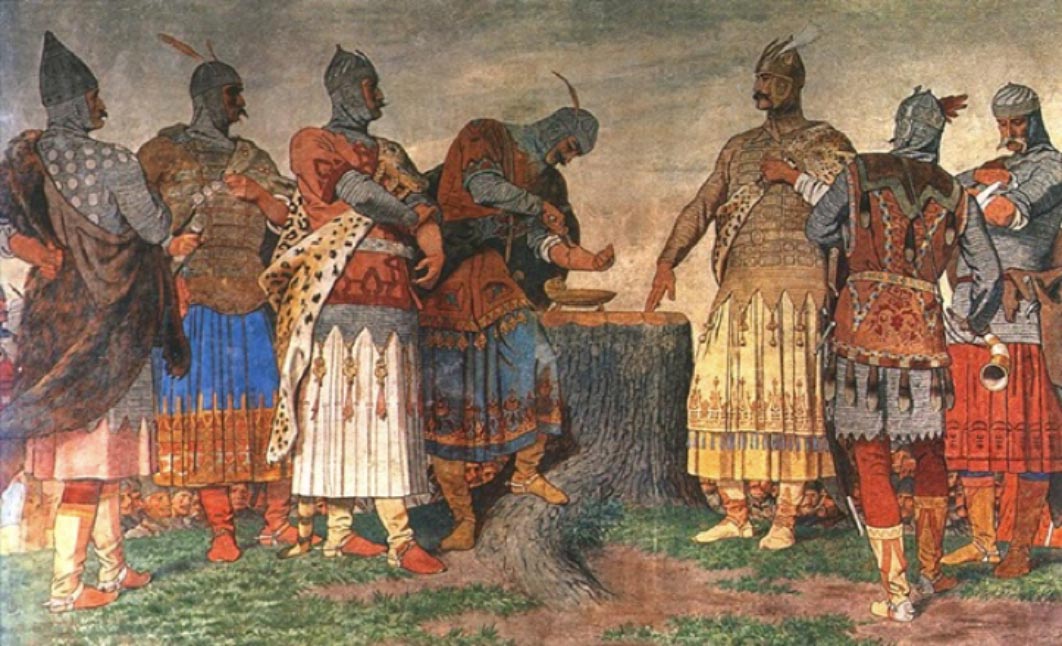
The Mighty Magyars, a Medieval Menace to the Holy Roman Empire
The eighth to tenth centuries in Europe were turbulent times, as Western Europe was caught in the crossfire of invading foreign entities. Many came from the north, such as the various Viking factions from Scandinavia who struck terror into the hearts of the northern Europeans. To the south the armies of Islam, under command of the Umayyad caliphs (661–750), were making their way into Spain with their eyes set on taking Frankish territory (modern day France) and furthering the spread of Islam and during the late ninth century, invaders from the east, known as the Magyars, made their appearance in Eastern Europe.

Central and Southeastern Europe around AD 850 (CC BY-SA 3.0)
The Holy Roman Empire
To the west in what is today modern Germany, lay what is known in history as the Holy Roman Empire. The Holy Roman Empire was not a centralized state like that of the Franks. Rather, it was a complex collection of multi-ethnic territories composed of hundreds of sub-units: kingdoms, principalities, duchies, counties, prince-bishoprics, free imperial cities, and other domains. Due to its decentralized status it was difficult to react to external threats, which invited invaders.

Statue of Árpád at the town of Ráckeve (Public Domain)
In AD 895/896, a man by the name of Arpad led his tribes across the Carpathian Mountains and entered the Carpathian Basin. The tribe called Magyar was the leading tribe of the Hungarian alliance that conquered the center of the basin. Who were these Magyars and where did they come from?

The Blood oath of the Magyars in Etelköz by Székely Bertalan Vérszerződés (1896) (Public Domain)
The Magyars
The Ibn Rusta, Arab lexicographer and geographer wrote around 930 that: “The Magyars are a Turkish race and their chieftain leads 20,000 horsemen into battle... The land of the Magyars is rich in trees and water. They have much cultivated land… The Magyars are handsome and of fine aspect, well-built, and display great wealth, which they have gained through trade. They wear clothes of silk brocade. Their weapons are mounted with silver and gold and inlaid with pearls.”




